THE end of the long dry season, before the arrival of the wet, may seem an unusual time for extensive Northern Australian cattle properties to be hitting the market, but a string of them have done so over the past few weeks.
In this week’s property review, industry contacts look at what’s driving it.

Roger Hill HTW
Herron Todd White’s north and northwest Queensland regional property valuer Roger Hill said traditionally the peak marketing period for northern forest properties is March through to June, after the wet season when the assets were likely to have plenty of grass and present well.
“Currently, there is substantial strength around the Charters Towers breeding (forest) market,” Mr Hill said. “People understand that good prices are being paid on the back of strong cattle market values. So, now is a good opportunity to consider where the market is headed.”
Mr Hill said potential vendors and purchasers were asking: Will the confidence of the cattle market coming out of the wet season early next year be as strong as it is now?
“The wet season comes with risks. Will it be a good, an average, or a below average one? There is an element of certainty if potential vendors offload their properties now due to recent record high cattle prices, low interest rates and few listings,” he said.
For example, there has been strong enquiry for Mt Cooper near Charters Towers and Claraville, near Croydon (details below).
“The north and northwest Queensland region has experienced a strong year-on-year capital growth, but the strong demand hasn’t translated to silly prices. Purchasers are doing their homework,” Mr Hill said.
A La Nina forecast that brings widespread rain up and down the eastern seaboard or in the northern areas will be good for cattle pricing and property demand, provided it delivers.
“The massive pricing for cattle is being still being driven by restockers out of southern Queensland and New South Wales. However if that backs off, northern breeding assets may follow suit. Half a wet season will impact on local and domestic demand,” Mr Hill said.
Here’s a sample of some recent large northern listings that have found their way to market:
Maryfield and Limbunya Stations, Northern Territory
As highlighted earlier this week, North Star Pastoral listed its large scale, turn-key cattle breeding, backgrounding and finishing business in the Northern Territory, with hopes of raising more than $150m.
The 130,000ha backgrounding property Maryfield, 200km south of Katherine, boasts a state-of-the-art finishing facility with a 10,000-head capacity, capable of processing over 90,000 head of cattle annually. The 520,000ha Limbunya, in the Victoria River District, has a carrying capacity of 35,000 head of cattle.
The two properties will be sold with 50,000 head of Brahman and Brahman-cross cattle.
Recently, vendor Colin Ross completed an extensive capital development program including construction, upgrading and optimising water systems, fencing and pasture improvement.
Glenn McTaggart from Nutrien Harcourts WA said the decision to sell was purely a strategic move.
“The vendors have decided to seek expressions of interest prior to the wet season. Ideally, we want parties who are genuinely interested and can perform. Those applications will be fine-tuned before due diligence is undertaken. It is anticipated that inspections will get underway in early February,” he said.
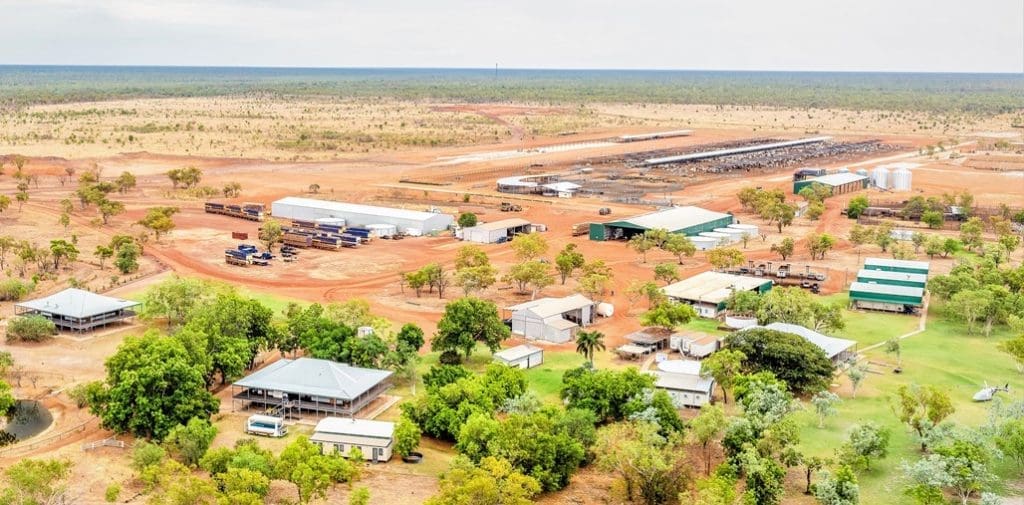
The intensive cattle feeding facility on Mayfield can be clearly seen top right in this image
Kiana Station, Northern Territory
On December 10, Colliers International is auctioning the 3318sq km Kiana Station in the Gulf of Carpentaria, which is presenting reasonably well given the patchy season.
Owned by Indonesia’s Oceanic Multi-trading (Oceanic Cattle Co) since July 2005, Kiana has been offered to the market for sale or for lease since 2016. Up until 2012, when most of the cattle herd was sold to AA Co, Kiana was running 15,800 head, but is currently being offered bare.
Selling agent Rawdon Briggs said while it was an unusual time for northern properties to go to market, it was easier to sell a vacant possession property, bare of livestock.
“After being listed for sale and by expressions of interest, the vendors and I discussed different selling options. We decided the online auction would give interested parties the flexibility to bid from wherever they were in the world.”
“It is a point of difference because nobody auctions anything in the Territory. This sales method demonstrates a willingness by the vendor to meet the market. Interested parties know that when the hammer falls, there will be no further negotiation. The asset will sell on the day,” Mr Briggs said.
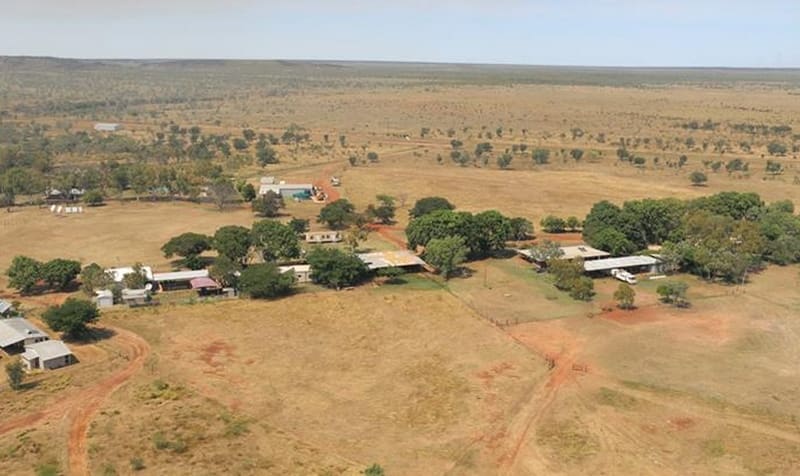
Kiana, a 3318sq km holding on the northern edge of the Barkly Tableland is being offered on a bare basis through Rawdon Briggs from Colliers International.
Claraville, Queensland
In December, JLL and RPL will auction the 217,000ha Croydon breeding operation Claraville, in the heart of North Queensland’s Gulf of Carpentaria region.
The property is being offered for sale on a walk-in walk-out basis including livestock (7149 head as of October 2020) and plant and equipment by online auction on December 9.
Claraville features fit-for-purpose infrastructure and strategically located yards to minimise stock movements. It is currently running 11,000 adult equivalents.
Water is a feature, with an established network of 52 dams along with six flowing artesian bores, providing a high degree of security.
With a significant portion of the property undeveloped and large available quantities of artesian water, the incoming purchaser has an opportunity to expand the current enterprise.
Chris Holgar from JLL said the vendor decided to go to market following some early storm rain which provided a solid start to the wet season.
“While inspecting the property on the ground has been limited in parts, the ability to fly hasn’t hampered inspections or the process. A key advantage of an early campaign is the ability to consummate a deal this year, with the first round of mustering in 2021 enabling finalisation of cattle numbers.”
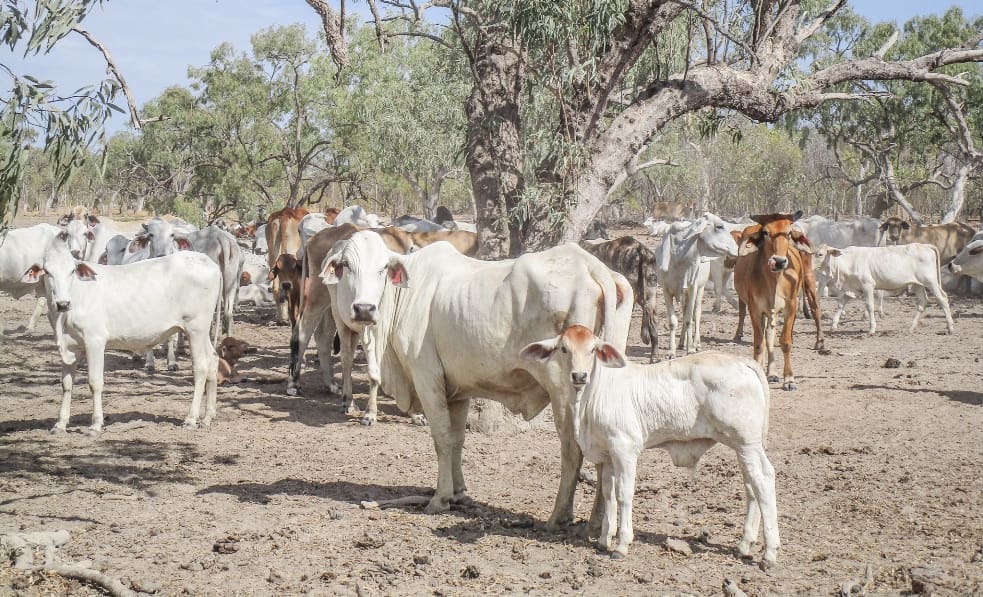
Claraville spans 217,000ha and is located 80km from Croydon and 350km from Julia Creek and Richmond.
Mount Cooper, Queensland
Queensland Rural is auctioning Hewitt Cattle Australia’s Mount Cooper Station, in north Queensland, on December 15.
The 38,942ha holding is rated to carry 5000 adult equivalents. The sale will include 4100 head of cattle, comprising 2250 breeders, 750 joined heifers, 1000 heifers and 100 bulls.
Selling agent Peter MacPherson said while the timing was unusual, he sold Greenvale’s Marionvale, 130km from Mt Garnet, at the same time last year, when conditions were very dry.
The 16,053ha of premium basalt grazing, in the tightly held Valley of Lagoons area of North Queensland, exceeded expectations, selling at auction for $11.45 million (including plant and around 2700 head of good quality Brahman and Brahman cross breeders).
Mount Cooper was offered for sale earlier this year as part of a large-scale breeding aggregation. This month, a local grazing family purchased the 48,700ha Harvest Home portion for an undisclosed sum, making Mount Cooper available for purchase on its own.
Mr MacPherson said the vendors were keen to sell the property on the back of the current market momentum.
“The property and the cattle are presenting reasonably well. There is also the uncertainty of next year. The northern property market is on a big wave now, but who knows how long it will last,” he said.
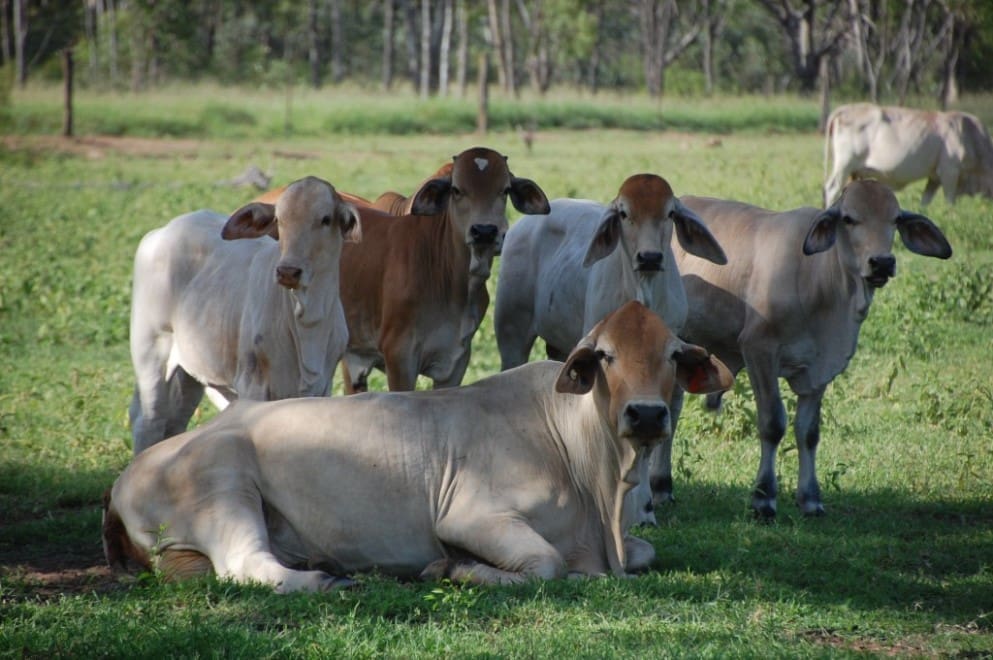
The 38,942ha Mt Cooper is rated to carry 5000 adult equivalents.
Dixie Station, Northern Territory
Last week, Peter Watkins from Australian Ag Advisory & Management listed the Northern Territory’s 46,200ha Dixie Station on behalf of vendor Bill Doyle.
Located in the Sturt Plateau region, 110km south east of Katherine, the property can carry 3100 Adult Equivalents.
Mr Watkins said while most people would prefer to present their northern properties in the early part of the year, after the wet season, the current market conditions were appealing.
“It is naïve to think that producers aren’t being lured to the market by strong demand, good cattle prices and cheap money. In these situations, people who have been thinking about selling usually seize the opportunity.”
Mr Watkins said many interested parties were happy to inspect northern country in its ‘undressed state’.
“Most vendors are keen to present their properties when they are looking their best. However, most purchasers want to view enterprises at their worst because they understand the business they are looking at.”
However, he said that cheap money and strong demand weren’t the only reasons why vendors were listing their properties at present.
“It might also be for health reasons or due to a change of direction. Companies like CPC don’t seem to worry about when an asset is offered to the market.”
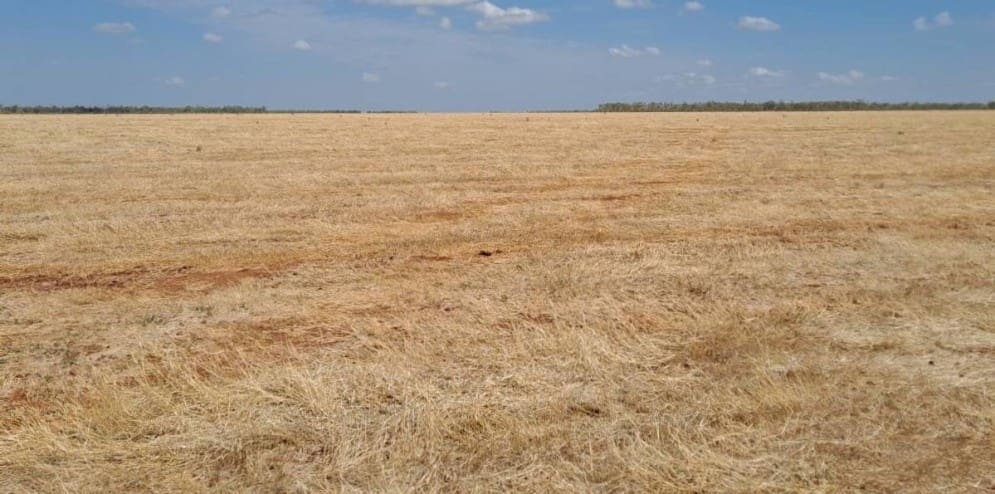
Located in the Sturt Plateau region southeast of Katherine, Dixie can carry 3100 Adult Equivalents.
Wave Hill, Northern Territory
Ben Cameron from Brisbane-based Bentleys Transaction Services is in the process of selling one of the country’s most iconic large-scale North Australian beef cattle property aggregations.
The 1.2m ha Wave Hill and Cattle Creek Station, in the Northern Territory’s Victoria River District, was offered on behalf of Western Grazing as part of a strategic review of its cattle operations.
Together, they are expected to make around $100m.
Despite the lateness of the year, Mr Cameron said it was a good time to be selling into a market where there is a good demand for scaled cattle assets in northern Australia.
“Cheap money and record beef prices also make it timely to sell such an asset.”
The dry seasonal conditions on Wave Hill are unlikely to impact the sales process, with Mr Cameron explaining that knowledgeable buyers would not pay more money for green grass.
“Massive assets, such as Wave Hill, attract long-term purchasers who understand seasonal conditions are part of the business. It is better for an interested buyer to inspect a property during the dry, when there is not much grass, because they know what they are in for.”
Mr Cameron said it might have been risky to start the sales process so late in the year, but the traditional wet season in the region usually starts around Christmas.
“There is never an ideal time to sell those big places where it can take up to five months to conduct a full round of mustering. However, we have had a bit of luck on our side. Conducting the sales process before the wet season means we can finalise the sale before the start of the mustering season in March or April next year.”

The Wave Hill and Cattle Creek Stations span 1.25 million hectares and run 58,000 Brahman and Brahman cross cattle in a normal season.



HAVE YOUR SAY